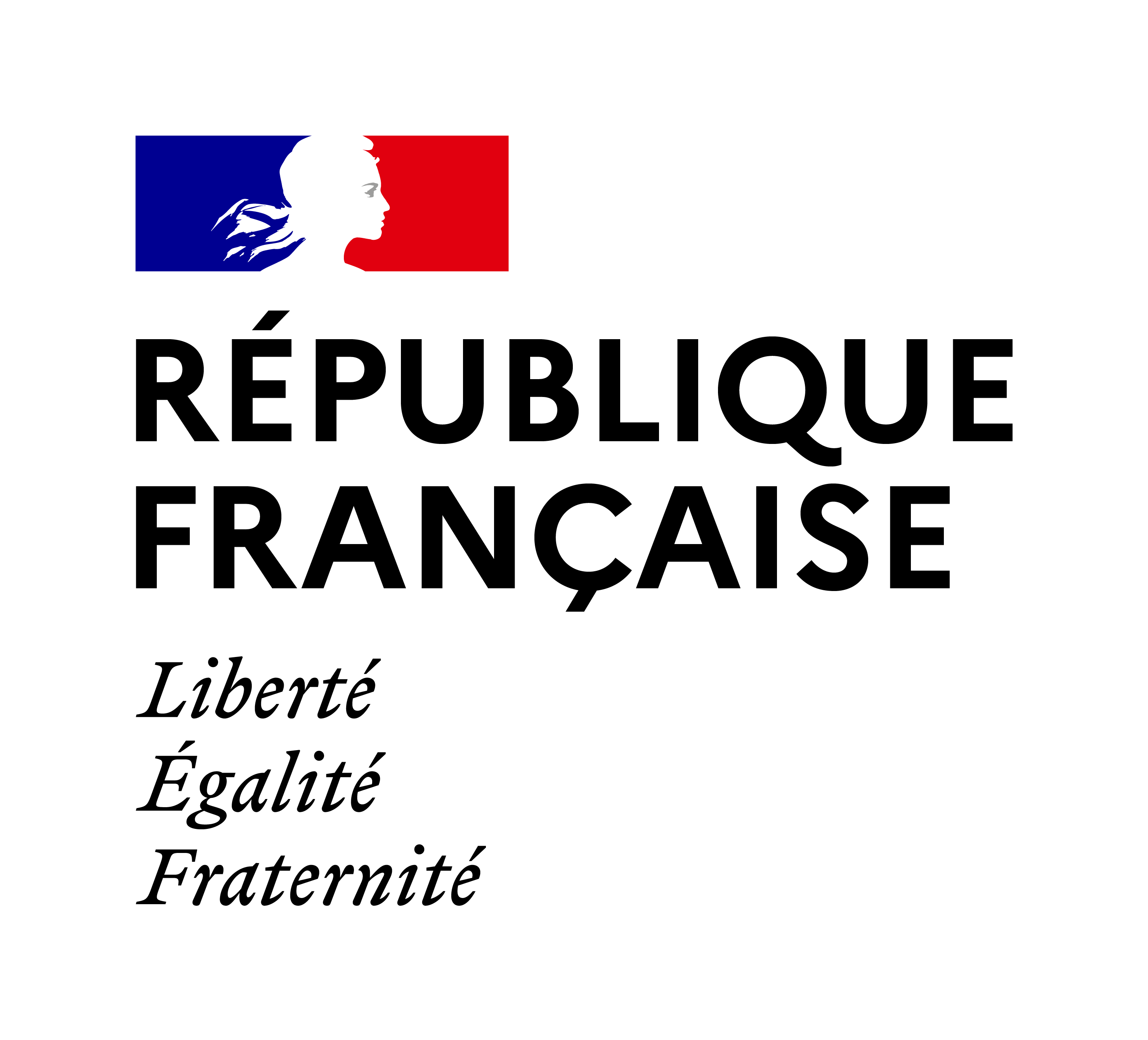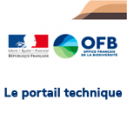The results from 30 years of bird counting in France worry the specialists
The Temporal Monitoring of Common Birds (STOC) programme has been surveying French birdlife according to a protocol performed every year by a network of volunteer ornithologists throughout the country for over 30 years. The summary report that just been produced confirms that too many species have sharply declined over the last three decades
Widely distributed, occupying many ecological niches and with varied diets, birds are excellent indicators of ecosystem health. Given this, the conservation status of birds has been closely monitored for over thirty years. The tens of millions of data collected in the field by more than 2,000 observers since 1989 have been compiled and analysed to measure the population trends of the 123 most common bird species in France.
The 1989-2019 report published by the LPO, the National Museum of Natural History and the OFB is mixed: while 32 species are expanding, such as the Common Redstart and the Eurasian Blackcap, 43 species are declining, such as the European Goldfinch, the European Turtle Dove and the Common House Martin. The others are stable or too few in numbers to determine a significant trend. The impact of global warming is also perceptible. For example, it has been shown that bird populations are moving northwards in an attempt to stay in areas where the temperature suits them.
Urban and agricultural carnage
Birds that breed mainly in urban areas, such as swallows or the Eurasian Tree Sparrow, have found an alternative to their original natural habitat. However, this familiar fauna is sharply declining. The transformation of buildings and renovation of facades are destroying the cavities in which certain species nest; the ever-increasing artificialisation of urban environments is reducing their food resources; pollution from transport and industrial activities is also having an impact on their health.
The situation is worse for birds that depend on agricultural environments, such as the Eurasian Skylark and partridges, which have lost almost a third of their numbers in 30 years. The intensive agricultural model developed after the war and encouraged by the CAP is largely responsible for having caused the disappearance or transformation of their habitats and for having massively distributed chemical products, including pesticides, which have unsettled food balances, decimated insects and permanently damaged the soil.
False good news
Only a few birds capable of adapting are undergoing a demographic increase, such as the Wood Pigeon, the Eurasian Jay and the Blue Tit. Unfortunately, this phenomenon of an increase in so-called "familiar" species to the detriment of "rare" species in fact reveals an increased uniformity of wildlife, a sign of the growing standardisation of habitats and a loss of biodiversity.
The STOC is the source of over a hundred international scientific publications and is also used to guide and evaluate public policies on biodiversity conservation. These analyses have, for example, confirmed the effectiveness of nature reserves where bird populations are better off than on the exterior, and demonstrated the importance of financial aid being conditional on "green scenarios1" which should be developed in the new Common Agricultural Policy.
According to Alain Bougrain Dubourg, "Thanks to new technologies, participatory sciences are experiencing a real public craze and offer researchers considerable volumes of data that were previously impossible to collect. STOC also plays a crucial role as a whistle-blower, scientifically demonstrating the urgent need to act to save birds and, with them, the entire pyramid of life."
According to Pierre Dubreuil, "The OFB contributes to various long-term monitoring of species (notably birds, fish, mammals) and ecosystems (wetlands, rivers, mountains, coastline and agricultural plains). These sequences, which extend over several decades, play the role of thermometers, and their results are worrying, as illustrated by the STOC. With the State and its partners, the OFB is trying to provide concrete answers and solutions for action. It is urgent to implement them, and everyone must contribute."
According to Bruno David, "The Museum established itself very early on as a prescriber in the structuring and development of participatory sciences and the STOC programme is one of the best illustrations of this long-term work. It also contributes to the dialogue between science and society by encouraging citizens to take up the challenges of biodiversity conservation and thus change the way they look at nature."
[1] “Financial support for non-intensive and biodiversity-friendly farming practices”




